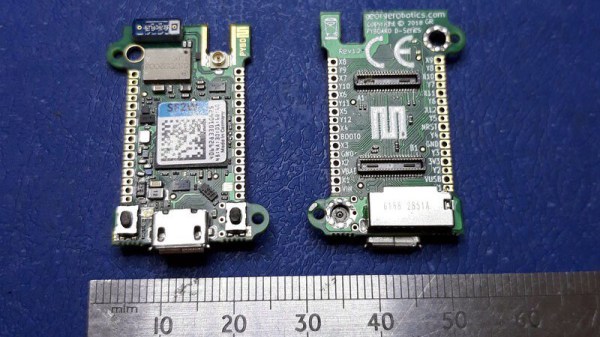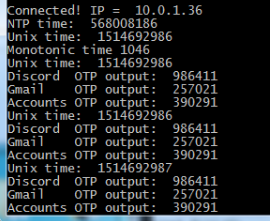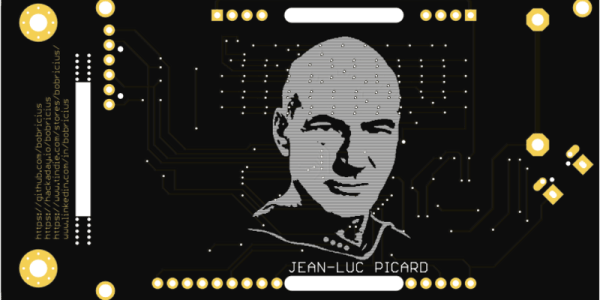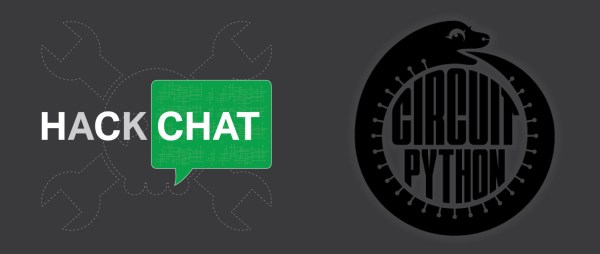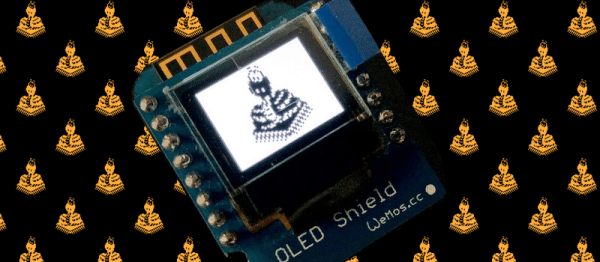Historically, microcontrollers’ limited computing power and storage space meant software had to be written in low-level languages out of necessity. In recent years small affordable chips grew powerful enough that they could theoretically run higher level languages, sparking numerous efforts to turn that theory into reality. MicroPython delivered on this promise in a big way when their Kickstarter-funded pyboard was delivered along with its open source software. Several years have since passed, and now it is time for an upgraded pyboard: the D-series.
We’ve talked with [Damien George] back when the original Kickstarter was still underway. Since the launch of pyboard and release of MicroPython source code, we’ve played with ports running on an ESP8266 and on a BBC micro:bit. The software ecosystem has continued to grow, most recently we looked at LittlevGL graphics library. But just because all the flashy action has been happening on the software side doesn’t mean the hardware side has been sitting stagnant.
Pyboard-D upgraded from original pyboard’s STM32F4 to more capable STM32F7 chips. Witnessing the popularity of MicroPython on networked darlings ESP8266 and ESP32, there will be a pyboard D variant with a Murata 1DX on board for WiFi and Bluetooth connectivity. The new pyboard will be extremely compact with limited edge connections so a fine-pitched connector is required to bring out all the pins. To bring the new pyboard back to its educational and tinkerer roots, a breakout board will take those pins and spread them out in a breadboard friendly form factor. These breakout boards can also host small (12 mm x 12 mm) “tiles” to add individual features.
The wireless pyboard D will obviously invite comparison tests with an ESP32 running MicroPython, and its hardware expansion tiles invites comparison with Adafruit’s Wings. It’ll be interesting to see how they fare once widely available and we can get our hands on them. If you’ve picked up an earlier release at FOSDEM 2019, we invite you to share your experience in comments.
[via Adafruit blog]

